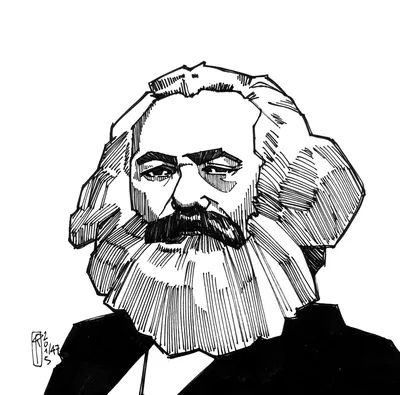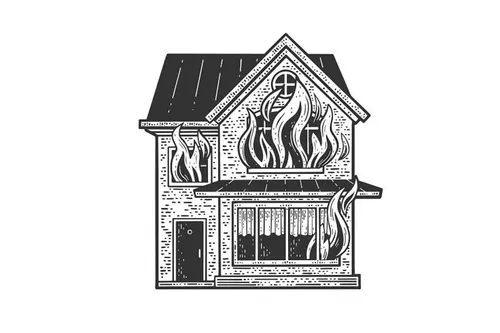· IT
Marx and the Corporations: Chapter 3 - The Demand
Corporate planning mirrors communist-era five-year plans: often unrealistic and based on inflated figures. Like then, supply and demand mismatches lead to losses. Flexibility and entrepreneurial leadership are key, but often clash with corporate structures.

So far, I haven’t yet touched on the analogy between capitalist corporations and the socialist model with its extreme version, the "great" communist society. I start this chapter by discussing planning and business demand.
For easiness, I will use the term communism, though the two economic and political systems are different. In a socialist economy, the government owns and controls the means of production, and appointed officials are the regulators. At the same time, communism advocates for more, the working class taking control of all industry and production and sharing ownership of the entire nation's property. Basically, communism is the last stage of a socialist endeavor.
These days, every sizeable respectful corporation has a yearly plan and at least a three-year strategy. Planning for more than three years would be a joke in the IT industry, which is changing and moving at the speed of light. Some time ago, I read that only 30-40% of what was considered five years ago as strategic directions for many companies is still valid. It will be only 10-20% in ten years, basically one or two out of 10 priorities.
Communists were much "smarter"; they used to have the five-year plan based on Stalin’s model implemented for the first time between 1928 and 1932. While the world economy was not so dynamic then, and the communist countries needed a high level of planning for large and expensive investments, this five-year plan couldn't cover the reality on the ground. Nobody could predict a drought year, a drop in the demand for export products, a lack of import products, a significant technology change, a market or raw materials cost shift. In Romania, we had the State Planning Commission led by a President with the rank of a minister. They were supposed to plan practically the entire Romanian economy from supply to demand and vice versa. How did that work? A disaster of catastrophic proportions. Or, as we call it today, an exercise of "cooking the numbers."
Quite similarly, in today's economically unpredictable circumstances, considering just a few elements like labor arbitrage, the pandemic, the extensive scale work from home, the wars, the climate change, and the AI explosion, planning for more than the immediate future becomes a waste of time. But companies still do it, especially the ones that have a large number of shareholders and are listed on the Stock Exchange. They need to show a high-level image to the market, which is understandable. As always, the devil is in the details. Corporations have a group of prediction gurus, the Strategists who work with a group of Planners. These two groups try to accommodate a top-down approach from the company leaders with a bottom-up approach coming from the people in the field. Tough job, and from my experience, the first model wins, always!
For this reason, what usually happens is that even the yearly plans are so far from reality that they cannot be reached after the first or the second quarter in the year. Precisely like in communism, figures are inflated until they become entirely unrealistic. Even more, this kind of behavior creates a chain reaction.
A very simplistic example: an IT company bets next year on a specific type of service or a product because Gartner visionaries declared that the market opportunity is as significant as billions. The leaders decide that their company should gain X % of the market share but needs to spend Y amount and hire Z number of people. Automatically, the planning is updated and, once approved, up for execution. In 90% of the cases, X is unrealistic, but to make the big picture look good, as requested by the top leaders, they leave it like that. You realize what happens once the plan has a Go: the supply exceeds the demand, and the company starts losing money. Or, the Y-spending is planned low compared with the market offer, and the company spends much more or cannot hire enough. Or, on top of the technical skill, a specific language is needed so Z cannot be found at the planned cost. In other words, profitability will suffer, the company will lose money, and the plan will not be covered.
It's pretty much like a story from the communist era. A difference is that during communism, people were sometimes replaced and demoted when they proved wrong. In corporations, they are laterally moved or even promoted according to their career path. And the story is perpetual. Another difference is that the "cooking the numbers" solution is somewhat complicated in today's computerized world. But there are ways to show a better picture than reality, at least for a while. We have few examples, don't we?
Over the years, I learned that planning is suitable to a certain extent until it becomes irrelevant and should not be unthinkingly followed. Flexibility and leader empowerment are much better levers. One should treat his organization as an entrepreneur; most of the time, if it makes sense for your business, it would make sense for the corporation. Unfortunately, in corporations, not everybody agrees with that.
Next week, next chapter: 4. The People.



